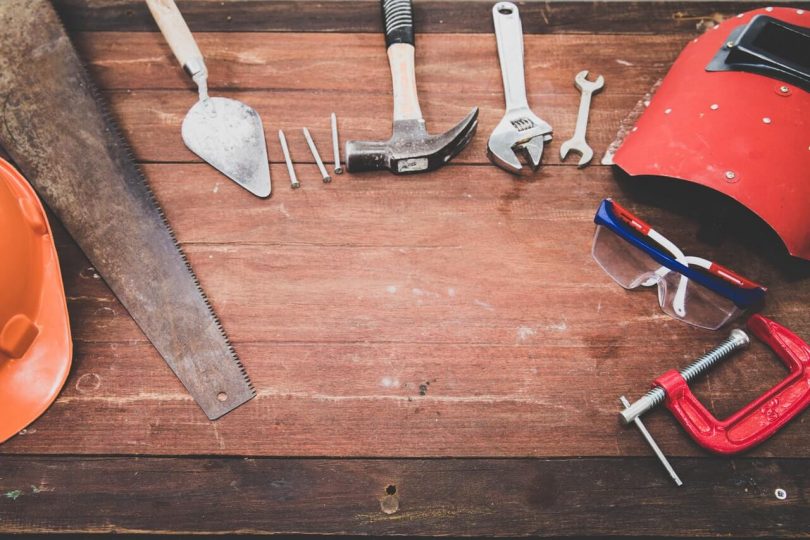We’re all familiar with the McDonald’s upsell question, “Would you like fries with that?” It’s a cliche, and it’s been in more than a few of the sales and marketing courses that I’ve been on.
There’s a good reason for that – people buying things respond well to upsell questions – they purchase additional services/products. As a business, this is lovely. You’ve already spent marketing resources (money or time), getting in front of this person and you’ve spent sales time understanding what they want, building trust and getting to like each other enough to do some business.
Wouldn’t it be great if you could get them to spend a bit more? Of course, it would. It would be an additional sale without that additional expense of time or money attracting them, getting to know them, gaining their like and trust.
Let’s agree it’s good for business but let’s also confront the discomfort you’re feeling. Most trades business owners like to think of ourselves as ethical and decent, people with integrity. We do a good job for fair money, etc. And upselling feels slightly dirty, doesn’t it? It’s almost like taking advantage of them while they’re here or while they’ve lowered their guard. It does, I know, and most of you will avoid doing it. Who wants to feel like a shiny suited salesman?
So we have a conundrum – an opportunity to get additional business (jobs, orders, work, whatever) but you’re reluctant to feel pushy.
How do you solve it in your trade business?
You start by understanding that pushy or manipulative is not what we’re trying to be. You (and your team) should not be pushy or manipulative.
But you should:
- Ask every customer.
- Ask appropriate questions – ones they might reasonably want to say yes to, useful or reasonable upgrades, while you’re here. (You don’t feel manipulated when being asked “Do you want fries with that?”You just ask yourself, “Do I?”)
- Make it a process and give yourself or your people tools to use so they (and you) can’t and don’t forget.
- Remember that the questions you ask your clients will be different for different types of businesses.
In my coaching program I help my clients prepare a room-by-room checklist to go through with a customer – you could call it the Home Electrical Maintenance Checklist or something more catchy (if you’re an electrician, obviously – it’ll be different if you’re a plumber or a property maintenance business).
“While I’m here, would you like to go through the electrical maintenance checklist? It doesn’t take long and we don’t charge for it – if we uncover any more work that you need doing, I’ll give you a quote and you can decide if you want me to do it”
As you and the client walk around the house (or the business), opportunities for additional work will present themselves – you’ll see things that need doing or that you could improve or opportunities to make their house or business a little better. When you spot them, explain yourself and see if the person is interested. If they are, you’ve opened a discussion, if not, move on.
For builders and project trades, it’s more complicated but it’s based around expansions to the scope and variations. It’s difficult to prepare but, as the project progresses, new opportunities present themselves – to improve the project, to overcome unforeseen or unforeseeable difficulties. An example from my own experience (as a customer) was an extension I had built. The drawings showed a corner inset into the laundry but, when building it, the builder realised he didn’t have to cut the corner in and I could have a bigger room for not much extra expense – he asked me if I wanted the extra room, I said yes, he gave a quote and I accepted and off we went – it didn’t feel like an upsell, I felt like I had had a win and been helped.
The key is plan it, systematise it, and do it consistently.
I had an electrician client a few years ago, he told me he got 25% of his work while he was on site by implementing this strategy.
So, don’t leave that money (25%) of your revenue on the table for someone else to pick up later. Think through what your upselling techniques should be and how you can plan to ask them. Call me (or book a time) and we’ll think about it together.
Watch the full video here: https://www.smallfish.com.au/upselling-techniques/







